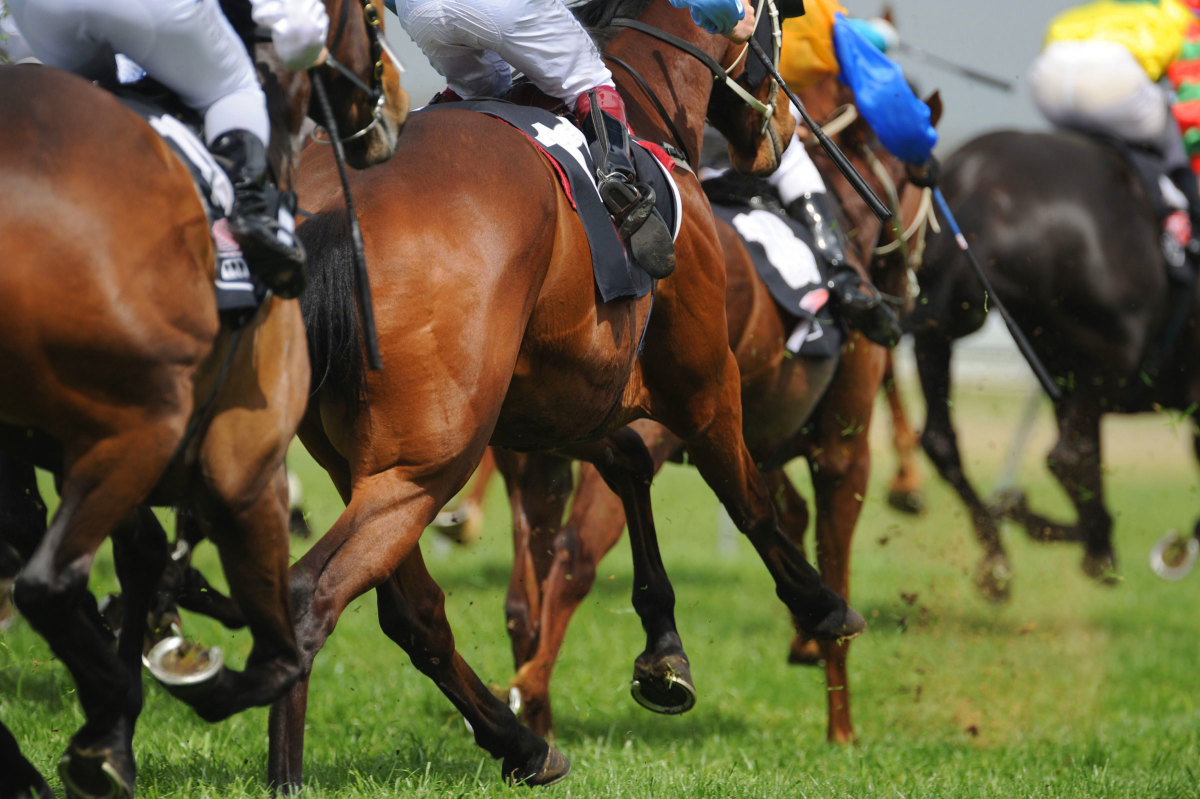
Following is an update about the EHV-1 outbreak at the Thoroughbred Center near Lexington, Kentucky, by Rusty Ford, Equine Operations Consultant for the Kentucky State Veterinarian.
Biosecurity for the facility, implemented at Alert Status, remains in effect, according to Ford.
In Barn 3 there have been no new fevers or other clinical signs of disease since the initial febrile horse on February 13, 2018. The horses residing in Barn 3 are considered ‘Exposed.’ Positive EHV-1 horses were removed and placed in quarantine at Barn 7. The horses that initially test negative in Barn 3 are allowed onto the track for restricted and supervised exercise during specific time allotments when no other horses are out.
The state veterinarian’s plan is to assess and resample horses residing in Barn 3 the week of March 5.
Ford noted that Barn 7 continued to serve as the facility’s ‘Positive Horse Isolation.’ These horses remain in the barn, are hand walked in the shed row, and are assessed and tested as scheduled.
In Barn 30 there have been no horses with fevers or other clinical signs of disease since the initial febrile horse on February 15. The horses residing in this barn continue to be considered ‘Exposed.’ The positive horses from Barn 30 were removed and placed in the designated quarantine at Barn 7. The horses that initially test negative in Barn 30 are allowed onto the track for restricted and supervised exercise during specific time allotments when no other horses are out.
The state veterinarian’s plan is to assess and resample horses residing in Barn 30 late in the week of March 5.
Following is the protocol from the state veterinarian’s office that is followed in Kentucky when releasing barns from quarantine at race tracks, training facilities and other similar venues.
“Our protocol is established and implemented to manage the disease event and mitigate further disease transmission. The foundation we work from requires the barn’s last exposure to clinical cases being greater than 14 days (adjusted upwards if warranted) and the barns entire population testing negative by PCR on both nasal swab and whole blood buffy coat. Our opinion is that utilizing daily monitoring, defined time from last exposure, and having those findings supported by diagnostic testing that demonstrates the population is negative are essential to mitigating the risk associated with disease events in environments such as these. This protocol has worked well for us in the past and we appreciate the commitment, cooperation and diligence provided by all horsemen in response to efforts to manage disease risk as efficiently as possible.”








